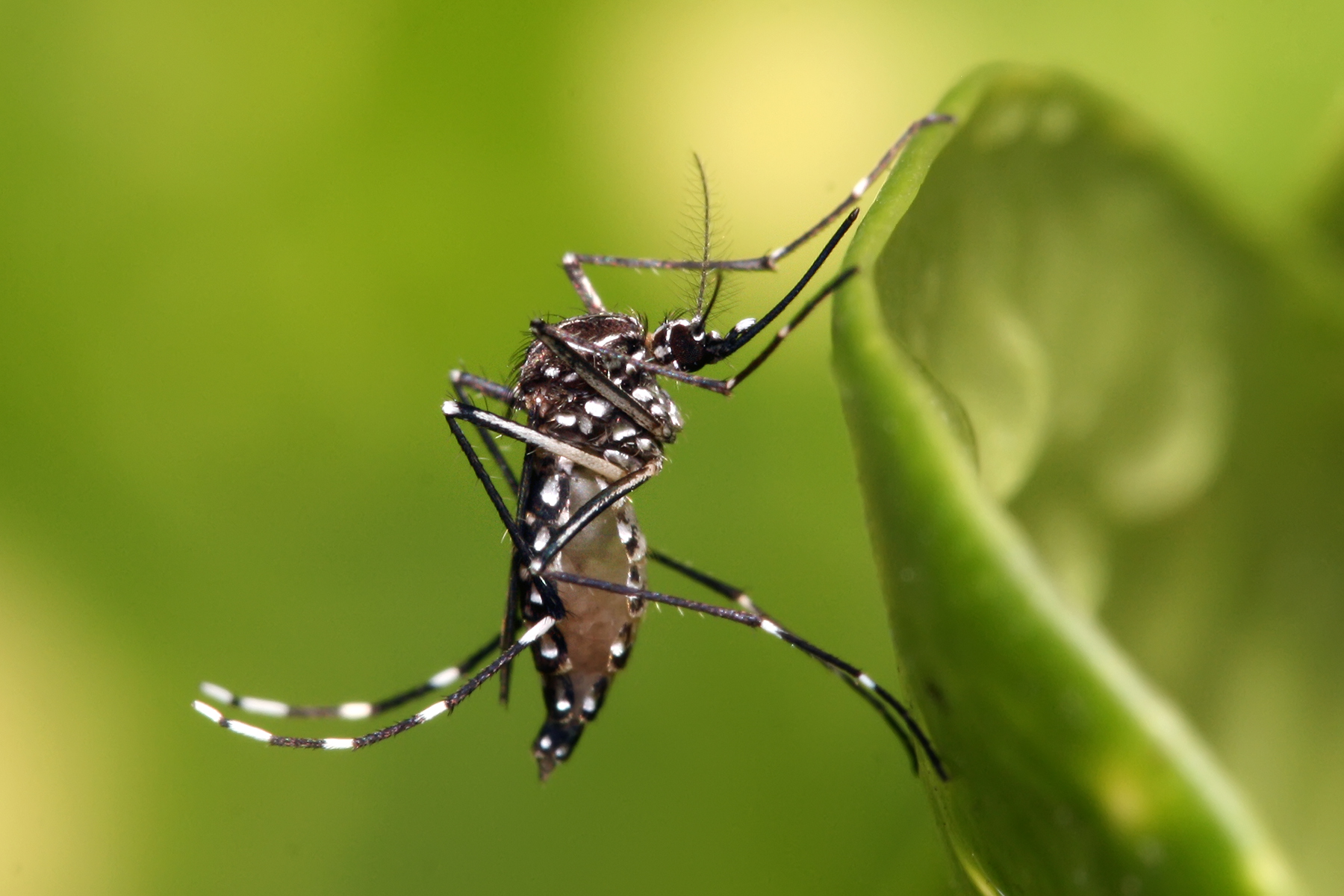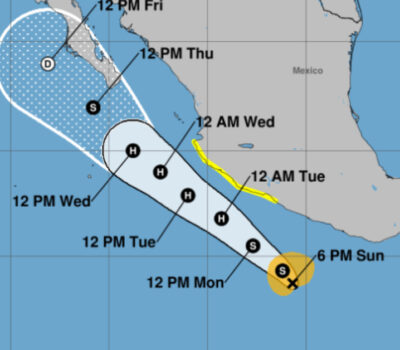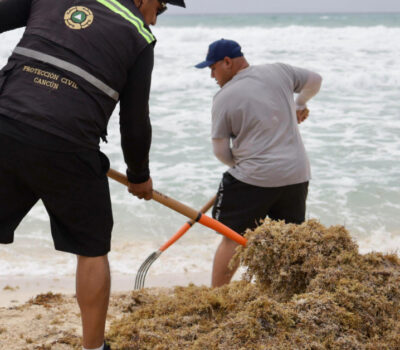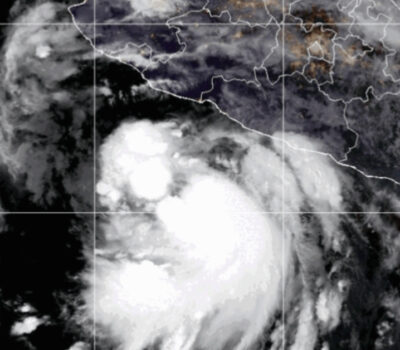It is the rainy season, and in addition to the common diseases that occur due to humidity, cold and climate changes, there is also a growing possibility that cases of dengue, zika and chikungunya increase, since the mosquito transmitter of these diseases use water to reproduce, that which accumulates in containers at home, almost without warning.
This is Aedes aegypti, a single species of mosquito that can transmit any of these diseases to humans once it bites them, with consequences that even become deadly. Due to its need for water, it seeks to reproduce in hatcheries that are indoors, such as tubs, buckets, water tanks, toys, or any other container that stores water inside; inserting their eggs in the walls of these.
“When the mosquito lives mainly inside the house, the mosquito is fed inside the house, it grabs blood to ripen its eggs from the people living at home,” says the doctor Isabel Higuera Torres, state coordinator of the dengue, zika and chikungunya program.
If diseases are not treated, dengue can be life threatening, depending on the patient’s case and the overall health of the patient.
In addition, chikungunya can leave a chronic disease in the joints that give permanent disability, because it behaves as if it were rheumatoid arthritis. As for zika, although it is known that newborns are the most affected and can suffer complications from microencephaly and neurological problems, other greater risks are still being studied, being an almost new disease in Jalisco, with little more than a year of presence. The chikungunya arrived from 2014 and dengue the oldest of them here.
Although the symptoms of each of these conditions are similar to each other and can be confused with diseases such as the flu, fever, muscle and joint pain; Dr. Higuera explains the differences between them.
In the case of dengue, the pain extends to the whole body, joints and behind the eyes, and may be accompanied by rash. With zika, although 80 percent of sufferers do not have symptoms, they look like dengue, although with much more rash. As for chikungunya, joint pain is incapacitating, preventing those who acquire it from even walking or open a bottle.
“Do not self-medicate, you have to go to the doctor, and the moment is when the pain of muscles or body is very strong, joint pain. (…) but anyone who at that time has a fever, does not have a sore throat, does not have a nasal discharge, should go to the doctor to check it,” says the doctor. The expert says that being well informed about the symptoms and risks of these diseases is essential, especially during the rainy season, when the presence of Aedes aegypti increases by up to 30 percent.
Once the female glues the eggs on the walls of a damp container, they can stay there for up to a year, even if there is no more water. That is why from the first rains come the mosquitoes, because when it rises again the water reactivates its life cycle.
At this time, the Jalisco Health Secretariat (SSJ) recommends emptying and cleaning containers once a week. “Go to your patio or roof and see what risk factors you have, if you have trash or leaves that can plug water drains, go and sweep it to prevent for the next rain. Identify where you can have a small source and flip containers with water,” suggests Isabel, to control and prevent the reproduction of the mosquito and avoid its sting and contagion that could leave irreversible damage to the body.
SRN
It is the rainy season, and in addition to the common diseases that occur due to humidity, cold and climate changes, there is also a . . .












